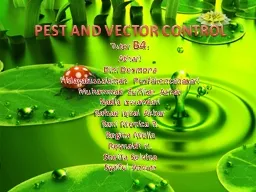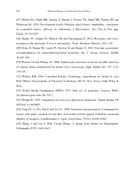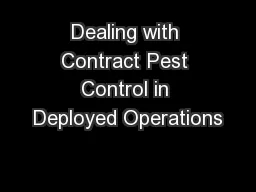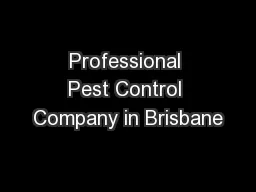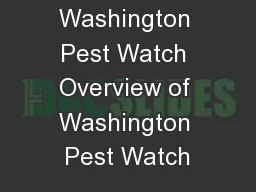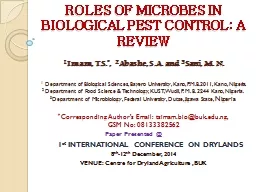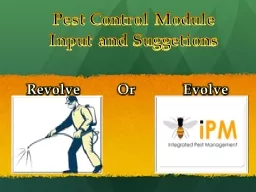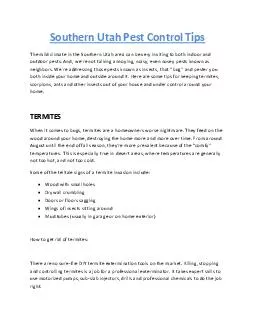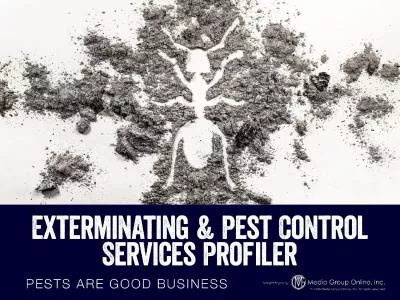PPT-PEST AND VECTOR CONTROL Tutor
Author : pasty-toler | Published Date : 2018-09-21
B4 Athari Dini Desmona Hidayatussalamah Pusfakencanasari Muhammad Zulfikar Azhar Nadia Iswandari Rafsae Iqbal Akbar Rani Monica R Regina Melia Reynaldi H Sheilla
Presentation Embed Code
Download Presentation
Download Presentation The PPT/PDF document "PEST AND VECTOR CONTROL Tutor" is the property of its rightful owner. Permission is granted to download and print the materials on this website for personal, non-commercial use only, and to display it on your personal computer provided you do not modify the materials and that you retain all copyright notices contained in the materials. By downloading content from our website, you accept the terms of this agreement.
PEST AND VECTOR CONTROL Tutor: Transcript
Download Rules Of Document
"PEST AND VECTOR CONTROL Tutor"The content belongs to its owner. You may download and print it for personal use, without modification, and keep all copyright notices. By downloading, you agree to these terms.
Related Documents

